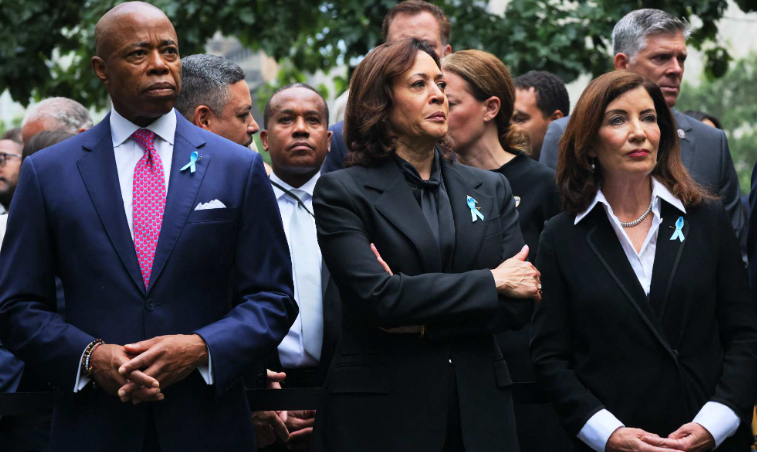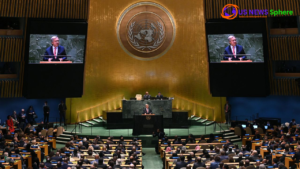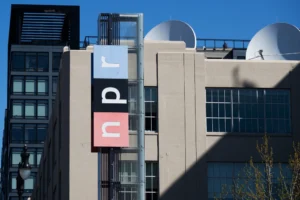The National 9/11 Memorial & Museum, often simply referred to as the 9/11 Memorial & Museum, is a tribute of remembrance and honor to the nearly 3,000 people killed in the terror attacks of September 11, 2001, at the World Trade Center site, near Shanksville, Pennsylvania, and at the Pentagon, as well as the six people killed in the World Trade Center bombing in February 1993. The tragic events of September 11, 2001,[USnewsSphere] left an indelible mark on the world, reshaping global perspectives on security, unity, and resilience. In the heart of New York City, where the Twin Towers once stood tall, the National September 11 Memorial & Museum now serves as a poignant reminder of that fateful day and the lives lost. This article delves into the significance of this memorial, its symbolic design, and the annual commemoration ceremonies that ensure the memories of the victims remain alive in our hearts. Join us as we explore the profound impact of the 9/11 Memorial and its role in preserving the legacy of those who perished.
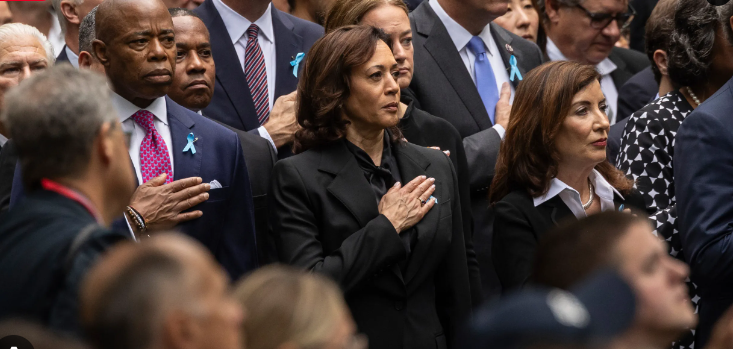
Harris attends 9/11 Memorial & Museum
Location and Design of the 9/11 Memorial
The 9/11 Memorial, officially known as the National September 11 Memorial, is strategically situated in Lower Manhattan, New York City, on the grounds where the original World Trade Center towers once stood. This poignant location serves as a powerful reminder of the tragic events that transpired on September 11, 2001.
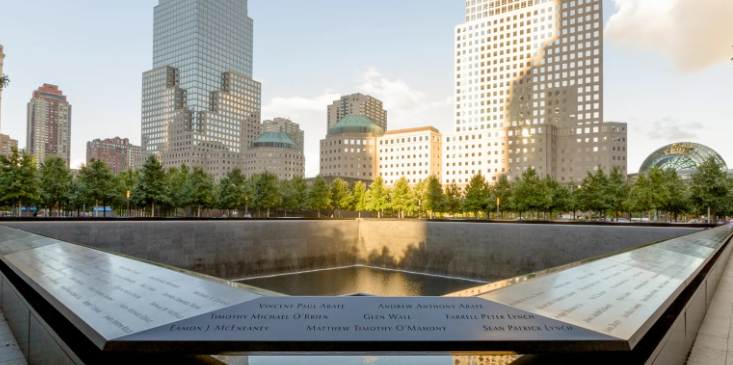
The design of the 9/11 Memorial is both symbolic and evocative. It features two vast reflecting pools, each set within the footprints of the Twin Towers. Spanning nearly an acre each, these pools are distinguished by their cascading waterfalls, which are the largest man-made waterfalls in North America. The continuous flow of water into the pools symbolizes the enduring nature of memory and the passage of time.
Surrounding these reflective pools are bronze panels inscribed with the names of every individual who perished in the 2001 attacks, as well as the six victims of the World Trade Center bombing in 1993. The arrangement of the names is thoughtful, with victims grouped by the locations where they were during the attacks, whether in one of the towers, on one of the hijacked planes, at the Pentagon, or in Shanksville, Pennsylvania.
The overall design of the 9/11 Memorial is minimalist yet deeply moving. It provides a serene space for contemplation and remembrance amidst the bustling cityscape of Manhattan. Visitors are encouraged to touch the inscribed names, connect with the memories, and reflect on the profound impact of that day.
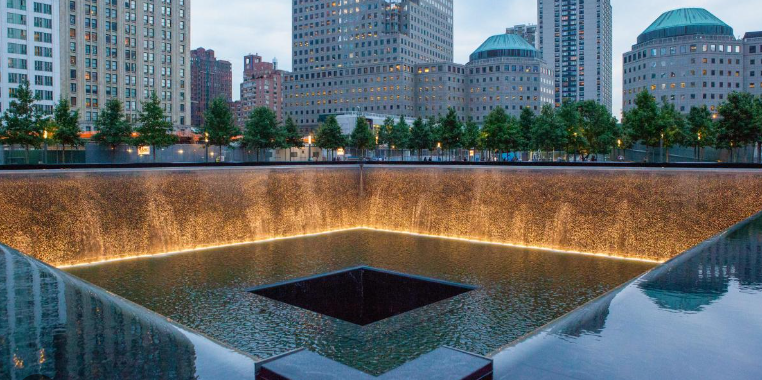
In summary, the location and design of the 9/11 Memorial are a fitting tribute to the lives lost, seamlessly blending the past with the present and offering a space of solace and reflection for all who visit.
The Museum
Adjacent to the Memorial is the Museum, which tells the story of 9/11 through multimedia displays, archives, narratives, and a collection of monumental and authentic artifacts. The Museum’s main exhibition space is located seven stories below the 9/11 Memorial at the archaeological heart of the World Trade Center site. The Museum provides visitors with the opportunity to learn about the global significance of the events of 9/11, its continuing impact, and its context within world history.
Significance and Reception
The 9/11 Memorial & Museum serves as a place for reflection and remembrance, allowing visitors to pay their respects to the victims and heroes of that fateful day. Since its opening, the Memorial & Museum has been visited by millions of people from around the world, making it one of the most significant landmarks in New York City.
Annual Commemoration of the 9/11 Memorial
Every year, the 9/11 Memorial becomes the focal point of remembrance on September 11th. This annual commemoration is a solemn occasion dedicated to honoring the nearly 3,000 individuals who lost their lives in the tragic events of that day.
The ceremony begins early in the morning, with the gathering of families, friends, and dignitaries at the Memorial site. One of the most poignant moments of the annual commemoration is the reading of the names of the victims. Family members take turns reading out the names of their loved ones, ensuring that each person is remembered and honored. [cnn.com]
Throughout the ceremony, moments of silence are observed at specific times to mark the exact moments when the planes struck the Twin Towers, the Pentagon, and the field in Shanksville, Pennsylvania, as well as the times when both World Trade Center towers collapsed. The silence serves as a powerful reminder of the magnitude of the loss and the suddenness of the attacks.
In addition to the reading of names and moments of silence, the annual commemoration often includes musical performances, reflective readings, and the ringing of bells. The 9/11 Memorial pools are illuminated in the evening, casting a gentle glow that serves as a beacon of remembrance.
The annual commemoration at the 9/11 Memorial is not just an event for New Yorkers but for people from all over the world. It’s a day to come together, to reflect, and to pledge that the memories of those lost will never fade.
In essence, the annual commemoration ensures that the events of September 11, 2001, remain in the collective consciousness of the global community, emphasizing the importance of unity, resilience, and remembrance.
Every year on September 11th, the Memorial hosts a commemoration ceremony to honor the lives lost. Families of the victims gather at the Memorial to read the names of their loved ones, and moments of silence are observed to mark the times when each plane hit and each tower fell. Details on [USnewsSphere]
The National September 11 Memorial & Museum stands as a testament to the resilience and unity of the American people in the face of adversity. It ensures that the memories of those who were lost will never be forgotten and offers a space for future generations to learn about and reflect on the events of 9/11.


